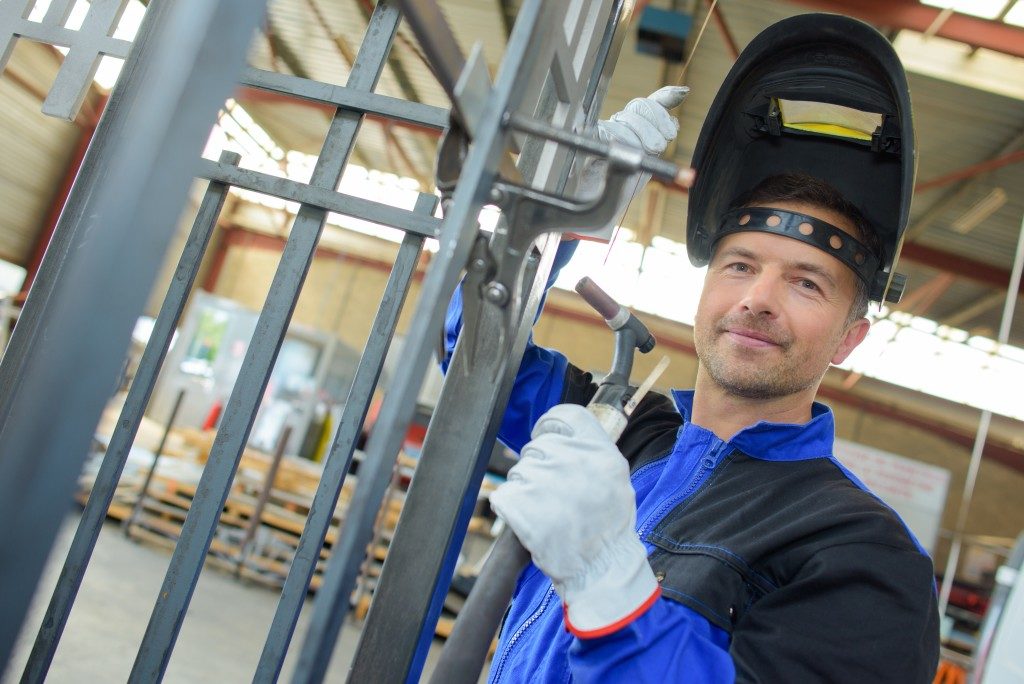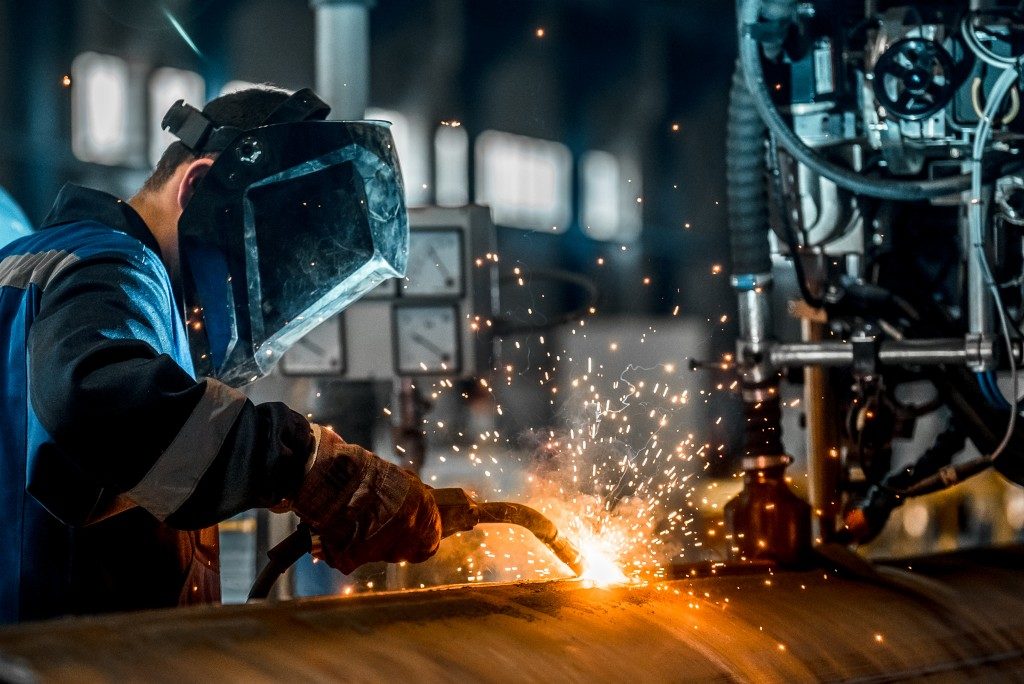The retention of skilled workers is vital in any industry, especially in welding. A welder with years of experience under their belt can execute complex tasks with ease and efficiency. It’s this sort of on-the-job knowledge that is sorely missed with any turnover of workers.
While reasons for employee dissatisfaction always vary, one of a manager’s tasks is to constantly address potential issues before they lead to the point of no return. Though some factors are beyond your control, what matters is that you’ve got the fundamentals covered. Having the highest quality of welding protective equipment and standards in place, integration into your company’s culture, and providing opportunities for growth, are the basics of keeping your skilled workers happy.
A GENERATIONAL LABOUR CRUNCH
In a recent survey of Australian employers, the difficulty involved with filling welder job vacancies is at least 25% due to a lack of skills or experience. Many young students aren’t interested in the skills trade or may be deterred by the level of difficulty. At the same time, a significant number of skilled welders are from the older generation. The average age of welders is 57, based on data from the American Welding Society. Thus, there is a gap in skilled labour that will make it increasingly difficult to find replacements for every experienced welder that leaves the workforce.
OCCUPATIONAL SAFETY
One thing that could deter young workers – or lead current employees towards considering retirement is the risk factor that comes with the job. Welders are at a unique exposure to health hazards. Apart from running a daily risk with fire and electrical hazards, there is also a long-term risk of blindness, manganism, and cancer from inhaling fumes.
Simply wearing a hood and full body cover isn’t enough; additional layers of gear are needed, such as safety glasses worn underneath the hood to reduce welders’ flare, and respiratory protection to minimise inhalation of fumes. Taking such measures will not only ensure the workers’ increased safety on the job but give them the assurance that their employer is looking out for their long-term well-being.
FULFILLMENT AND CULTURE
 A popular misconception of welders, according to many welders themselves, is that the job is all about hiding behind a screen while sparks fly. That may be the common image we associate with this sort of work. What we don’t see is the big picture. According to a recent study, as much as 2% of the workforce in industrialised countries performs welders’ work. They are involved in building infrastructure, ships, vehicles, and resources for the military and aerospace industries, among others. Knowing that the work of one’s hands will be put to use in such greater purposes is a key part of finding fulfilment, and something that every company would do well to engage its employees with.
A popular misconception of welders, according to many welders themselves, is that the job is all about hiding behind a screen while sparks fly. That may be the common image we associate with this sort of work. What we don’t see is the big picture. According to a recent study, as much as 2% of the workforce in industrialised countries performs welders’ work. They are involved in building infrastructure, ships, vehicles, and resources for the military and aerospace industries, among others. Knowing that the work of one’s hands will be put to use in such greater purposes is a key part of finding fulfilment, and something that every company would do well to engage its employees with.
PERSONAL GROWTH
The work done by welders gives them a chance to utilise both mind and body. For all the hazards it entails, this job carries the immeasurable benefit of requiring the worker to be physically active and fit and mentally engaged in what they are doing. Welders care about the quality of their work because so often the safety of others depends on what they do. This sort of craftsman’s mindset is a great opportunity to grow a person’s creativity. Experienced welders can become a vital part of the team by handling quality assurance and inspection tasks and providing valuable instruction to less experienced members.
Years of experience on the job are invaluable for skilled labour. Let your welders know you’ve got their back, by taking care of their bodies and giving them opportunities to grow and be fulfilled.



